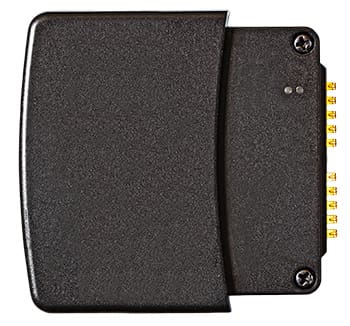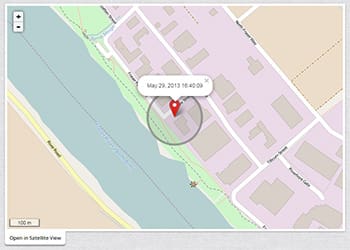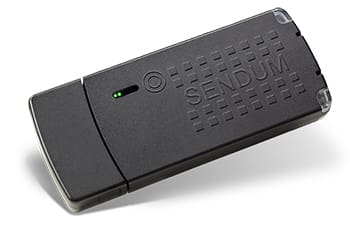For Shippers Who Must Know Where Their Cargo Is and That It Is Being Handled Safely
Sendum's "Must Find" Location Tracking Feature
Sendum’s PT300 Trackers feature unique “Must Find” location tracking capabilities that provide both the highest yield and accuracy in the industry.
In the location positioning industry, key measures of performance are “Yield” and “Accuracy”.
Yield is the percentage of how many times you request a location fix versus how many times you get a successful response. For traditional GPS devices, yield is most often affected by whether a device has a clear line-of-sight to GPS satellites, something that generally is not possible indoors or within a container.
Accuracy is how precise each location fix is. It can vary from location to location and depend on all sorts of environmental conditions.

Overcoming the Limitations of GPS
GPS was initially designed for the US military to track ships at sea and tanks in the desert. It was never intended to track a combat soldier inside a building. The reason GPS works for ships at sea and the tanks in the desert is they have a clear line-of-sight to the GPS satellites. The reason the GPS will not work for the soldier inside a building is because the building blocks (or degrades) communications with the GPS satellites. This is what we call a radio frequency (RF) impaired environment.


The Challenge of Impaired RF Environments
Sendum’s customers regularly need to track their cargo in RF impaired environments such as inside a container, building, truck, refrigerated trailer, rail car, or aircraft. Our customers are shipping high value or time-sensitive cargo where they absolutely must know where their cargo is and that it is being handled safely. And they must do this consistently in a world filled with RF impaired environments. This is what we call the “Must Find” problem.
Superior Radio Technology is Sendum's Difference
Unlike most package tracking device manufacturers, Sendum’s Research and Development team are RF engineers.
We design radios from the ground up and we design package trackers to work in places where traditional GPS does not work. As such, our engineers are focused on the two key metrics essential for getting location fixes in a highly RF impaired environments: Yield and Accuracy.

The Importance of Yield
A 75% yield means for every 100 times the device attempted to get a location fix, the device was successful 75 times out of the 100 attempts. We are often told by customers who run side-by-side comparisons between Sendum package trackers and competing package trackers that Sendum always has a substantially higher yield. For example, a customer recently told us they tested five different devices, the number two performing device had a 64% yield (for every 100 times the device requested a locate, it successfully located itself 64 times out of the 100 attempts). Sendum was the number one performing device with a 97% yield (for every 100 times the PT300 requested a locate, it successfully located itself 97 times out of the 100 attempts). A high yield device is critical for the customer with the “Must Find” requirement.
The Challenge of Accuracy
If you receive a successful location fix, the next thing you want to know how accurate the fix is. On standard GPS devices, horizontal accuracy in an outdoor, clear line-of-sight to the GPS satellite (no RF impairment) is usually 3 to 4 meters. Vertical accuracy is usually 1.5 times the horizontal accuracy. There are many factors that degrade the GPS signal and therefore affect the GPS accuracy. These factors include atmosphere conditions, signal multipath, orbital errors, satellite geometry, the number of satellites visible, intentional degradation of the GPS signal such as selective availability (SA) and GPS jamming.

What Accuracy Can I Expect With My Sendum Package Tracker?
GPS was initially designed for the US military to track ships at sea and tanks in the desert. It was never intended to track a combat soldier inside a building. The reason GPS works for ships at sea and the tanks in the desert is they have a clear line-of-sight to the GPS satellites. The reason the GPS will not work for the soldier inside a building is because the building blocks (or degrades) communications with the GPS satellites. This is what we call a radio frequency (RF) impaired environment.

"Must Find" Is Not For Everybody
For low value cargo or processes, Sendum’s engineered solution can often be considered overkill. If getting a location fix with accuracy is just a “nice to have” feature, there are cheaper solutions. But, for customers who must know where their high dollar cargo is and that it is being handled safely, the “Must Find” capabilities of the PT300 are essential.
Request a Demo
We would be pleased to provide you with a detailed demonstration of the Sendum platform. Simply fill in the information to the right and we will get back to you shortly.
"*" indicates required fields
